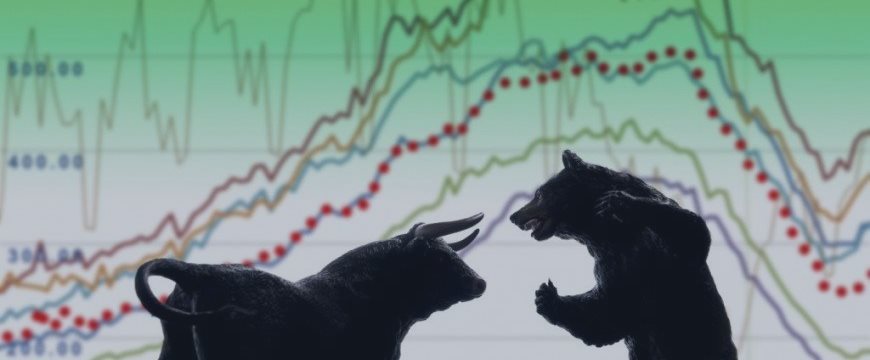
December Central Bank Decisions Spell Certain Currency Volatility
The main driving force among the major global currencies at present continues to be the divergence in monetary policy stances between the European Central Bank and the Federal Reserve.
European Central Bank (ECB)
The ECB will soon be expanding its large-scale quantitative easing programme.
Speaking following the Governing Council’s October monetary policy meeting, President of the ECB Mario Draghi highlighted downside risks to both the growth and inflation outlook of the Eurozone.
Headline inflation is expected to remain low for a “protracted amount of time” - it is actually negative again (Figure 1).

Expectations for price growth have also declined in the short term.
Draghi reiterated the stimulus programme will continue until at least September 2016, or longer if needed. Critically, and in line with our expectations, he also indicated that there may be an expansion of the existing programme before the end of the year by suggesting the central bank would need to “re-examine” the level of monetary stimulus at its next meeting in December.
The statement made it clear that the ECB was also considering other measures to stimulate the Eurozone’s flagging economy, including pushing the interest rate on bank deposits even further into negative territory.
We believe that this all but guarantees that the size and duration of the ECB’s quantitative easing programme will be expanded in December, with further rate cuts also on the table.
Unsurprisingly, the announcement caused the Euro to plunge to its lowest level since early August, and should ensure we will see the Euro resume its downward trend against most major currencies.
Federal Reserve (Fed)
As was widely expected, the Federal Reserve again opted to keep interest rates unchanged at its October FOMC meeting, with Jeffrey Lacker remaining the sole dissenter.
The central bank acknowledged the pace of job creation had slowed and unemployment remained steady. However, critically, the Fed left the door open to a December interest rate hike by removing the line from its previous statement suggesting that global developments could restrain economic growth.
The statement was also consistent with our expectations of a data-dependent December hike, suggesting that for a rate hike to occur there would need to be a further improvement in the labour market and reasonable confidence that inflation will move back towards its target.
This, in our view, implies that the Fed will begin its long-awaited monetary tightening cycle in December, absent any negative surprises in the next two labour reports at the beginning of both November and December.
The upcoming nonfarm payrolls figures therefore take on added importance and could prove crucial to the short-term evolution of the US Dollar.
Bank of England (BoE)
Almost overshadowed by recent announcements in Europe and the US, the Bank of England will be holding its monthly monetary policy meeting next week, alongside the release of its quarterly inflation report.
At its most recent meeting at the beginning of the month, the MPC once again voted 8-1 to keep rates unchanged.
The relatively more dovish tone of the minutes suggested that we’re also unlikely to see any additional dissenters at next week’s meeting.
Policymakers continue to see a relatively soft outlook for inflation. Price growth has remained at or around zero for the past eight months, having fallen into negative territory in September for only the second time in half a century.
While there are no fears of sustained deflation, price growth is now not expected to return to one percent until spring 2016.
That being said consumer confidence and spending remains strong, with the latest retail sales, wage growth (Figure 2) and industrial production data all supporting our view that the Bank of England will hike interest rates at some point in the second quarter of next year.

What do these announcements mean for Sterling?
The latest announcements from the ECB and Federal Reserve have further emphasised what we have been saying all year regarding the contrasting monetary policy directions among the major economic areas.
We see the European Central Bank ramping up its easing measures at its meeting on 3 December 2015, the Federal Reserve commencing its monetary tightening on 16 December 2015, with the Bank of England following suit not too far after.
Gradually increasing rates in the UK should provide good long-term support for Sterling against most of its major peers, especially the Euro, with the Pound suffering from a modest depreciation against the US Dollar.


